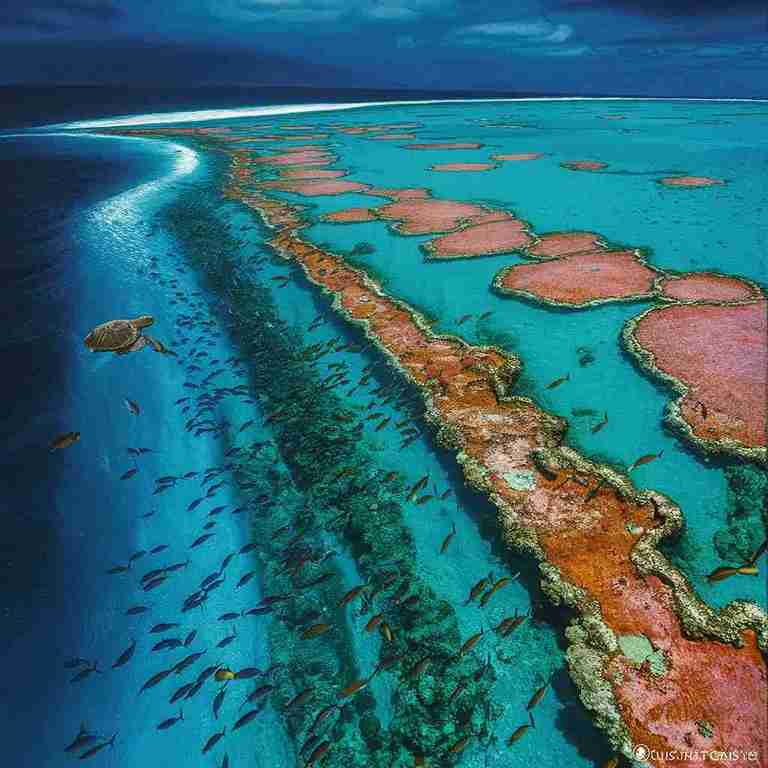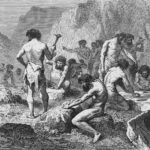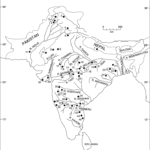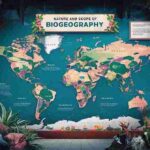The Great Barrier Reef is the world’s largest living structure.

The Great Barrier Reef

The Great Barrier Reef
The Great Barrier Reef is the world’s largest living structure. Stretching for over 2,300 kilometers (1,400 miles) along the northeastern coast of Australia, the Great Barrier Reef is an unparalleled natural wonder and holds the distinction of being the world’s largest living structure. This immense and intricate ecosystem is not a single organism but rather a colossal colony composed of billions of tiny living organisms called coral polyps.
These minute, soft-bodied creatures, related to jellyfish and anemones, secrete calcium carbonate to build hard, protective skeletons. Over millions of years, the accumulation of these skeletons has formed the vast and complex underwater landscape that we know as the Great Barrier Reef. The reef is incredibly biodiverse, supporting an estimated 25% of all marine life in the ocean, despite covering less than 0.1% of the ocean’s total area.
This vibrant ecosystem is home to a stunning array of species, including over 1,500 species of fish, hundreds of different types of corals (both hard and soft), various species of whales, dolphins, and porpoises, six of the world’s seven species of marine turtles, numerous species of sea snakes, giant clams, and a multitude of other invertebrates. The intricate structure of the coral reefs provides shelter, breeding grounds, and feeding areas for this incredible diversity of marine life.
The health of the Great Barrier Reef is critically dependent on a delicate balance of environmental factors, including water temperature, salinity, and water quality. In recent decades, the reef has faced significant threats from climate change, particularly rising sea temperatures, which cause coral bleaching – a phenomenon where corals expel the symbiotic algae (zooxanthellae) living in their tissues, leading to their whitening and potential death if the stress is prolonged.
Other threats include ocean acidification (also linked to increased atmospheric carbon dioxide), pollution from agricultural runoff and coastal development, and physical damage from storms and human activities like shipping and tourism. Conservation efforts are underway at local, national, and international levels to protect this invaluable ecosystem, focusing on mitigating these threats and promoting the reef’s resilience.
The Great Barrier Reef is not only an ecological treasure of immense significance but also a vital economic asset for Australia, supporting a large tourism industry and providing livelihoods for many coastal communities. Its sheer scale and biodiversity make it a truly remarkable and irreplaceable part of our planet’s natural heritage.
The “Door to Hell” has been burning for decades.
About the Author
Sisir Mondal
Administrator
My name is SISIR MONDAL, I complete my graduate from University of Kalyani , West Bengal, India . I am like to build WordPress website and also developing this type of website . If you want your website , you can contact me trough email. thanks to visit this site.















